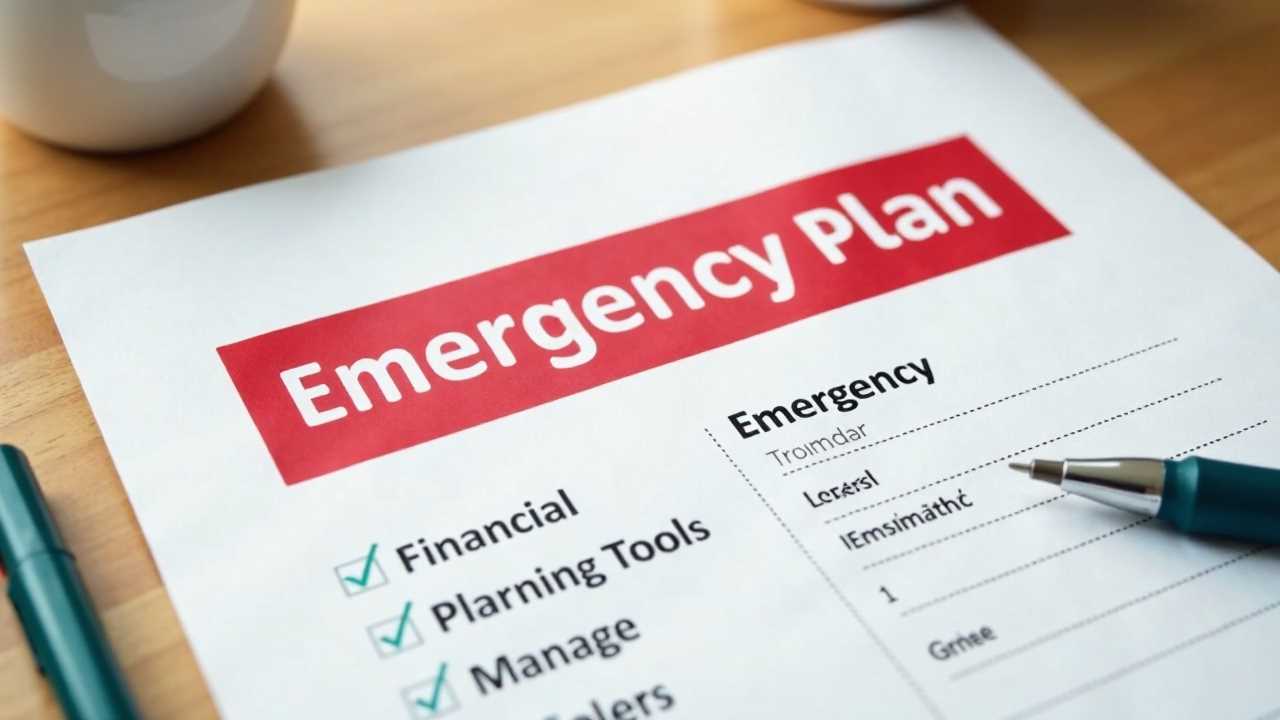
Understanding Emergency Fund Building Techniques
Building an emergency fund is a fundamental step toward achieving financial security. This fund acts as a financial safety net, providing peace of mind during unexpected circumstances such as job loss, medical emergencies, or urgent home repairs. By mastering various emergency fund building techniques, we can ensure we are prepared for life's uncertainties.
Effective Savings Strategies for Your Emergency Fund
Implementing effective savings strategies is crucial for accumulating the necessary funds for emergencies. One of the most effective methods is the pay-yourself-first approach. This involves setting aside a specific percentage of your income as soon as you receive it, before allocating money to other expenses. Automating your savings can simplify this process, allowing you to transfer funds directly into a dedicated savings account.
Another strategy is to set specific savings goals. Determine how much you need for your emergency fund—typically three to six months' worth of living expenses—and break that amount down into manageable monthly savings targets. This approach not only provides clarity but also motivates you to stay on track.
Utilizing high-yield savings accounts can also enhance your savings efforts. These accounts typically offer better interest rates than traditional savings accounts, allowing your money to grow more effectively over time. Research various financial institutions to find the best rates available.
Implementing Budgeting Methods for Financial Discipline
Budgeting methods play a pivotal role in building an emergency fund. By creating a detailed budget, we can identify areas where we can cut back on spending and redirect those funds toward our savings goals. The 50/30/20 rule is a popular budgeting method that allocates 50% of your income to needs, 30% to wants, and 20% to savings and debt repayment. This framework ensures that we prioritize our financial health while still enjoying our lives.
Another effective budgeting technique is the zero-based budget, where every dollar is assigned a specific purpose, leaving no money unaccounted for. This method encourages mindful spending and helps us identify unnecessary expenses that can be eliminated or reduced.
Regularly reviewing and adjusting our budget is essential. Life circumstances change, and so should our financial plans. By keeping our budget flexible, we can adapt to new challenges and continue to prioritize our emergency fund.
Diversifying Income Streams for Enhanced Financial Stability
Income diversification is a powerful strategy for building an emergency fund. Relying solely on a single source of income can be risky, especially in uncertain economic times. By exploring additional income streams, we can bolster our financial security and expedite our savings efforts.
Consider pursuing side hustles or freelance work that aligns with your skills and interests. This could include anything from consulting and tutoring to selling handmade crafts online. The extra income generated can be directly funneled into your emergency fund.
Investing in your skills through education and training can also lead to higher-paying job opportunities. By enhancing your skill set, you increase your earning potential, making it easier to save for emergencies.
Tracking Expenses for Better Financial Awareness
Expense tracking is a vital component of effective financial management. By meticulously monitoring our spending habits, we can identify patterns and areas where we can cut back. This awareness allows us to make informed decisions about our finances and prioritize our emergency fund.
Utilizing budgeting apps or spreadsheets can simplify the expense tracking process. These tools categorize expenses and provide insights into spending habits, making it easier to identify unnecessary expenditures. Regularly reviewing this data can help us stay accountable and committed to our savings goals.
Debt Reduction: Clearing the Path to Savings
Reducing debt is an essential step in building an emergency fund. High-interest debt, such as credit card balances, can hinder our ability to save effectively. By prioritizing debt reduction, we free up more funds for our emergency savings.
Consider adopting the debt snowball method, where you focus on paying off the smallest debts first while making minimum payments on larger debts. This approach provides quick wins and motivates you to continue your debt repayment journey.
Alternatively, the debt avalanche method targets high-interest debts first, which can save you money on interest payments in the long run. Whichever method you choose, the goal is to eliminate debt as efficiently as possible, allowing you to redirect those funds into your emergency fund.
Investment Planning for Long-Term Financial Growth
While building an emergency fund is critical, it is also important to consider investment planning for long-term financial growth. Once you have established a sufficient emergency fund, you can begin to allocate additional savings toward investments that can generate passive income.
Consider exploring various investment options, such as stocks, bonds, or real estate. Each investment type carries its own risks and rewards, so it is essential to conduct thorough research and consider your risk tolerance before making investment decisions.
Investing in low-cost index funds or exchange-traded funds (ETFs) can be an excellent way to diversify your portfolio while minimizing fees. These investment vehicles provide exposure to a broad range of assets, reducing the risk associated with individual stocks.
Achieving Financial Freedom Through Emergency Fund Building
Mastering emergency fund building techniques is a vital step toward achieving financial freedom. By implementing effective savings strategies, utilizing sound budgeting methods, diversifying income streams, tracking expenses, reducing debt, and engaging in thoughtful investment planning, we can create a robust financial foundation.
Taking control of our finances empowers us to face unexpected challenges with confidence. As we build our emergency fund, we not only safeguard our financial future but also pave the way for greater opportunities and peace of mind.
 Network marketingWork from home jobsEntrepreneurshipAffiliate marketingFinancial freedomPrivacy PolicyTerms And Conditions
Network marketingWork from home jobsEntrepreneurshipAffiliate marketingFinancial freedomPrivacy PolicyTerms And Conditions
